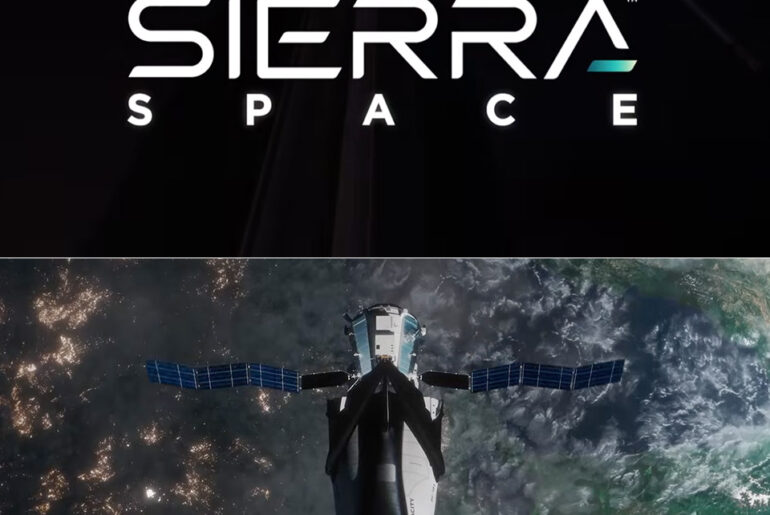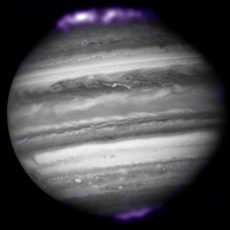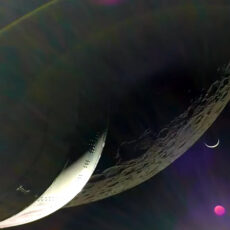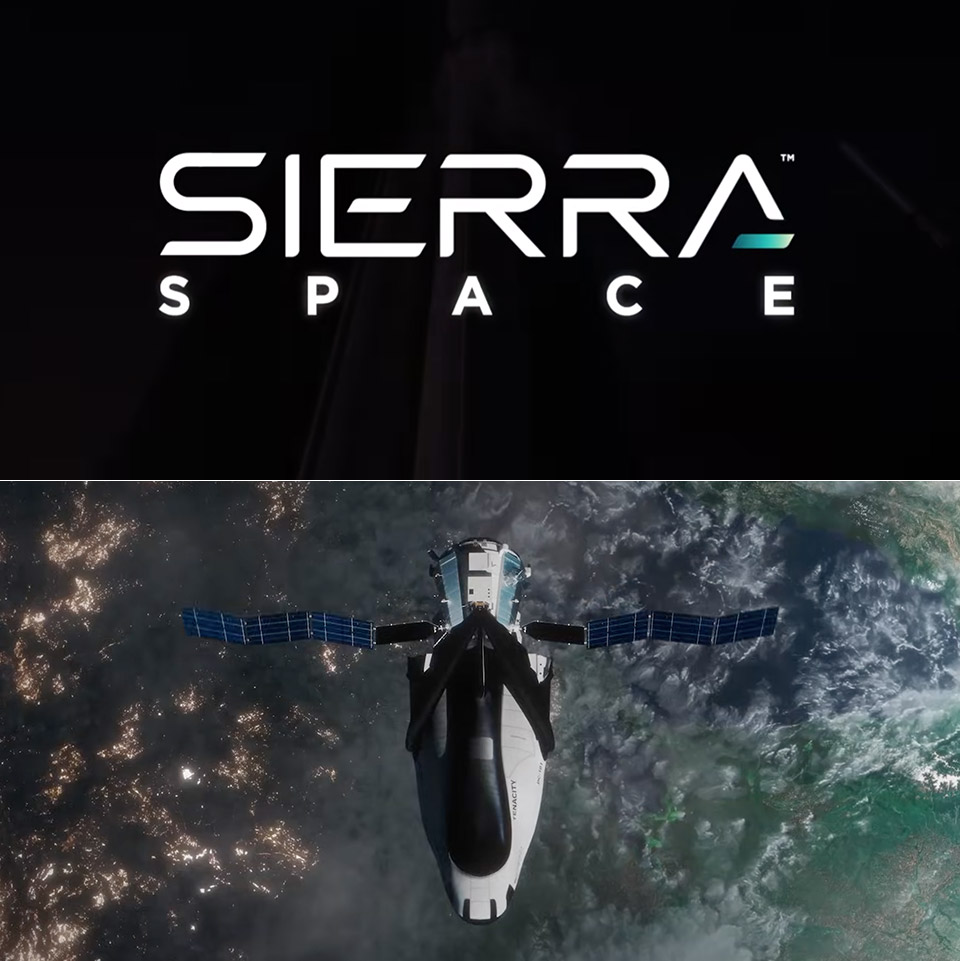
Sierra Space just made a quiet pivot for the Dream Chaser spaceplane and it feels like the end of a long wait and the start of something bigger. Late last month the company and NASA ended their old agreement and ditched the original plan for cargo runs to the International Space Station. Instead the vehicle’s first trip to space will be on its own terms—a solo lap around the Earth in late 2026.
That 2016 contract from NASA promised Sierra Space at least seven cargo hauls to the ISS, part of a bigger push to keep the station stocked with everything from experiments to spare parts. SpaceX and Northrop Grumman already handle most of those runs, but Dream Chaser was supposed to join the rotation with its unique setup—a winged craft that launches like a missile and lands like a glider on any runway. The Shooting Star module attached to its belly would transport the items before being launched into the atmosphere and then burn up like a shooting star. In reality, delays accumulated as a result of engine problems, redesigns, and the sheer challenge of having everything certified for the station’s unstable orbit. By the time the ISS was set to retire in 2030, squeezing in seven flights appeared to be too tight.
- 2 AVIATION LEGENDS, 1 BUILD – Recreate the iconic Boeing 747 and NASA Space Shuttle Enterprise with the LEGO Icons Shuttle Carrier Aircraft (10360)...
- DEPLOY LANDING GEAR – Turn the dial to extend the massive 18-wheel landing system on your airplane model, just like real flight operations
- AUTHENTIC FEATURES & DETAILS – Remove the tail cone, engines, and landing gear from the NASA shuttle and stow them in the cargo bay during flight
Sierra Space engineers fought for years over the spaceplane’s propulsion system. Dream Chaser is propelled by more than a dozen small rockets, each with three thrust levels: gentle for orbital modifications, harder for adjustments, and full bore for large thrusts. The trick is in the fuel: hydrogen peroxide for light tasks and RP-1 kerosene for heavy lifts.
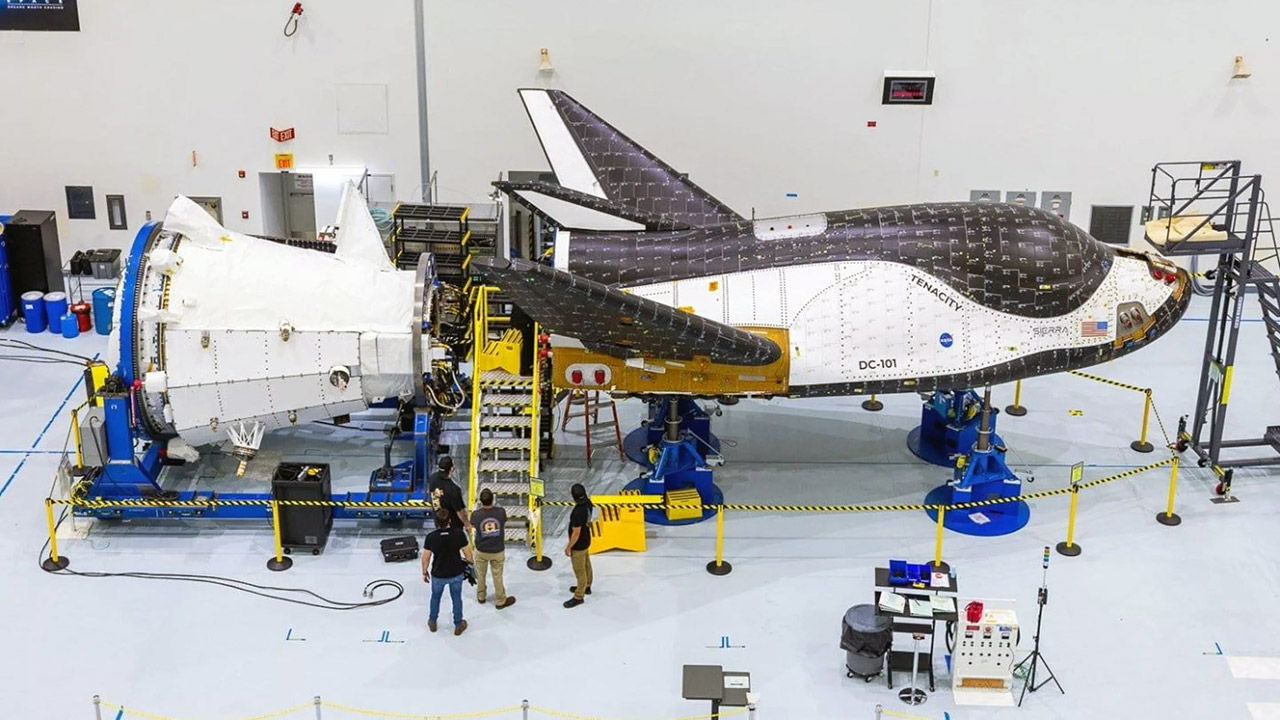
Those extra months enabled the crew to conduct collaborative testing with NASA in early 2025, confirming that the spaceplane could power experiments and transmit data between control rooms in Colorado and Alabama. Three sample payloads were chosen, each representing actual goods that could be flown on future missions. Sierra Space describes this as a green light for powered payloads like as satellites or sensors.
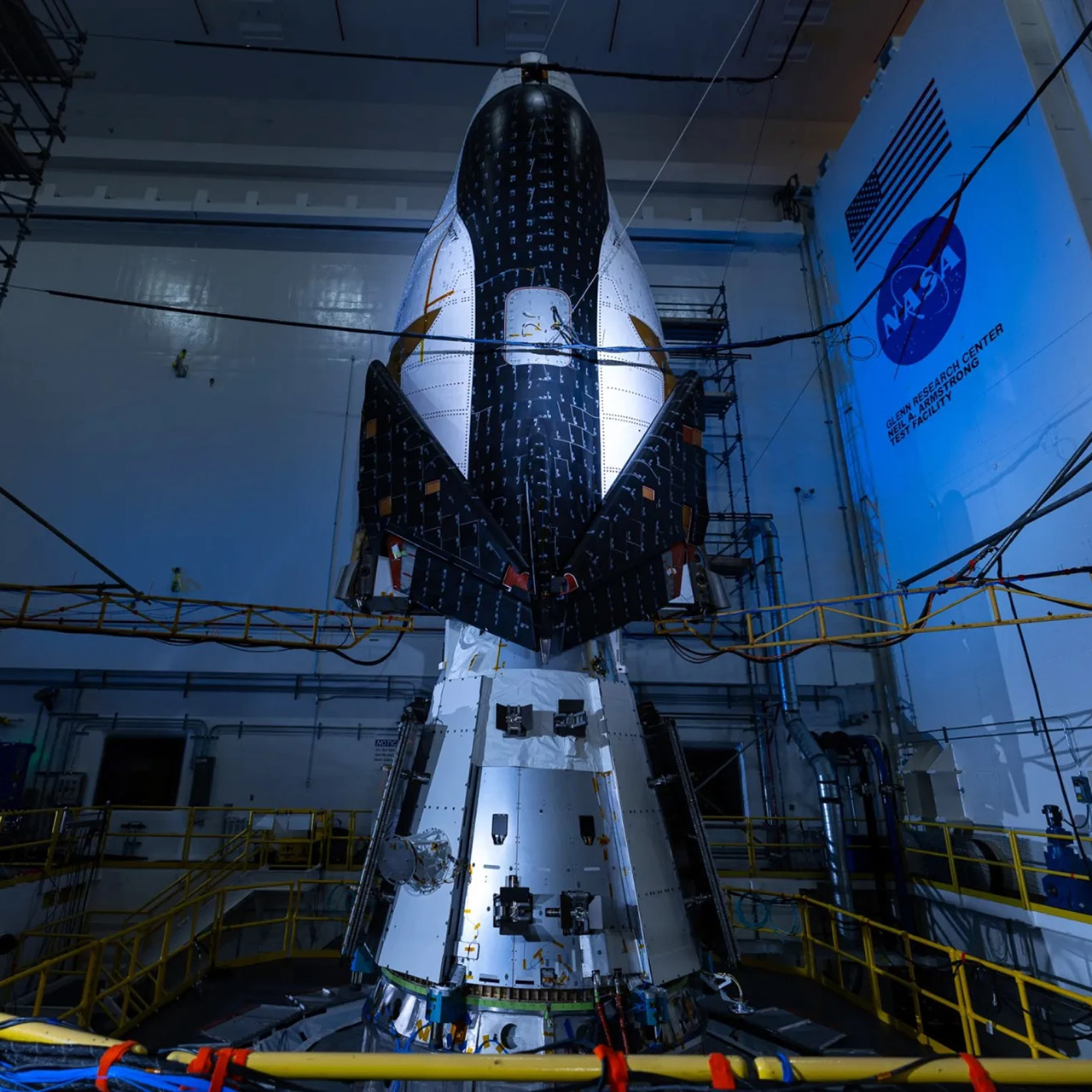
With the contract change, Dream Chaser will be able to fly independently of the ISS. The first trip will be solo around the globe, testing all systems from launch to landing. Data from those hours in the air will be relayed back to NASA to help develop trust for future resupply trips, assuming the schedules coincide before the station splashes down. Launch vertically, land horizontally, and refit in days; that outperforms disposable rockets for recurring customers. And, in the future, Dream Chaser will be able to fly to private stations such as Blue Origin’s Orbital Reef, allowing cargo to flow without being constrained by the old station’s laws.
[Source]

